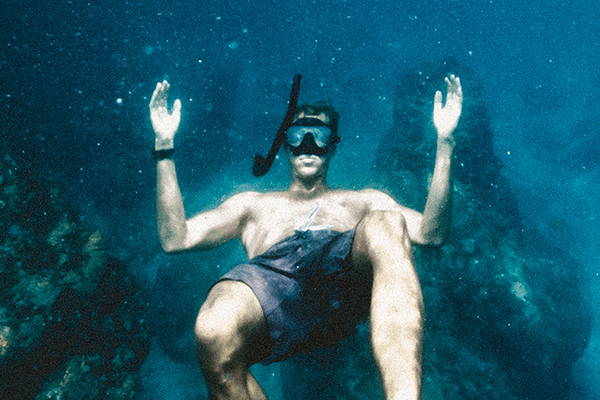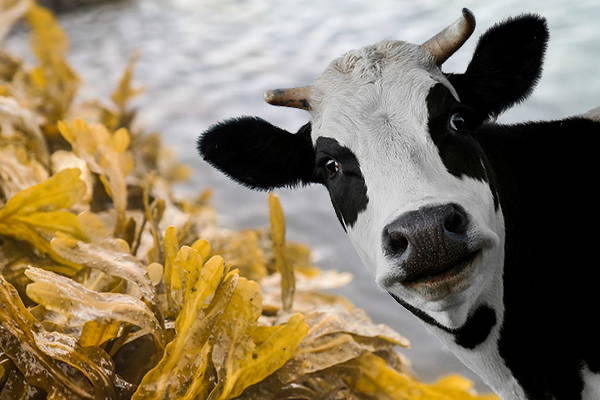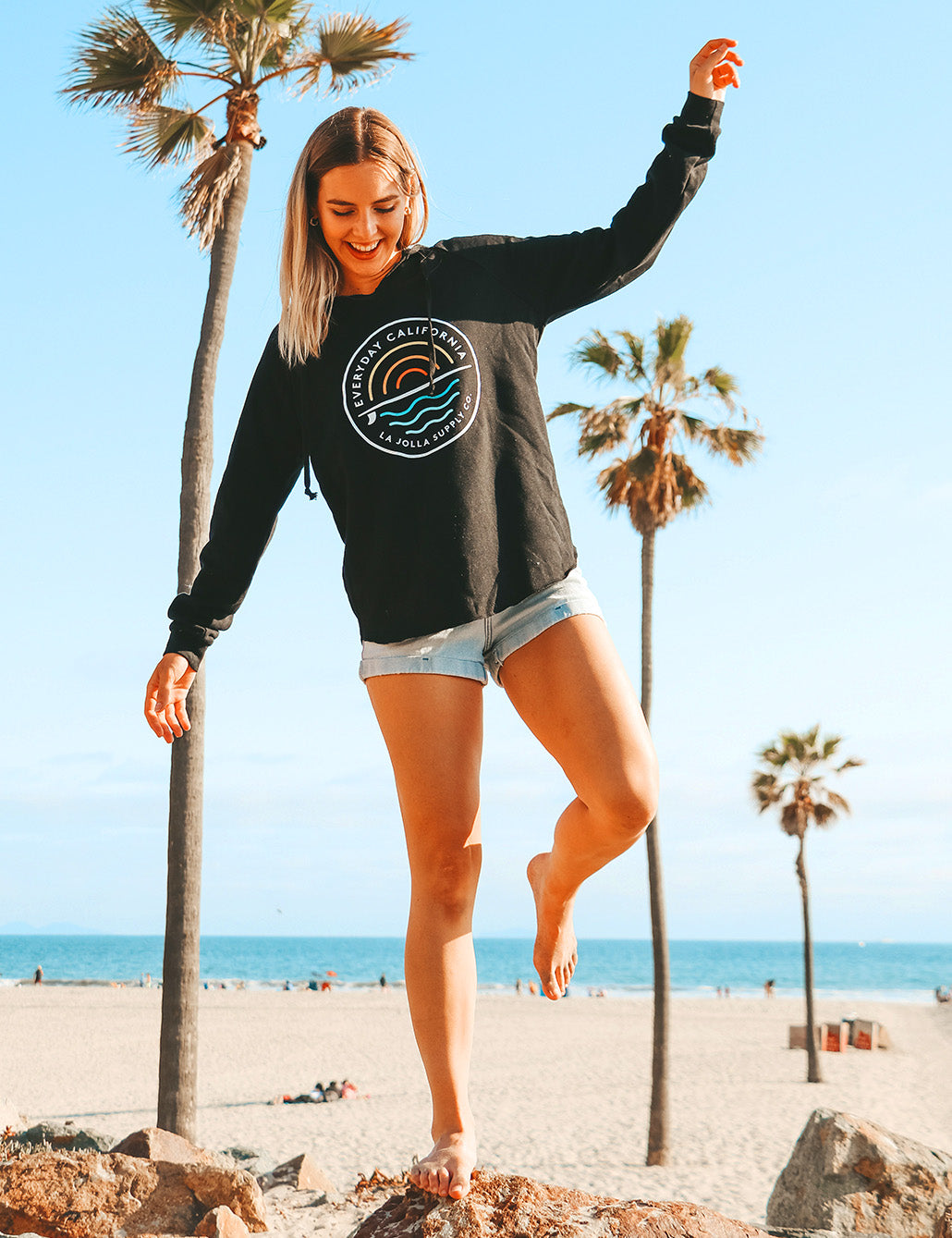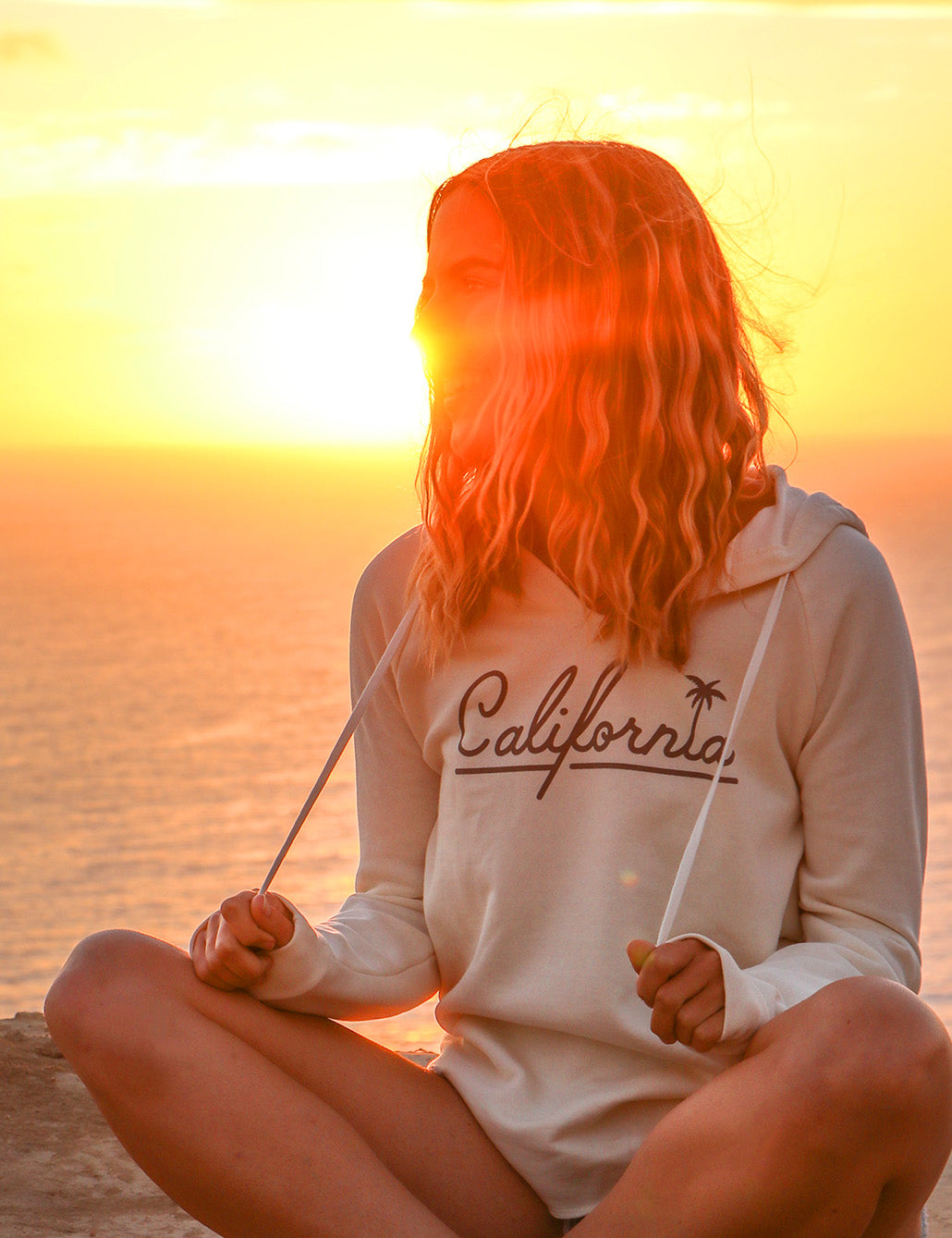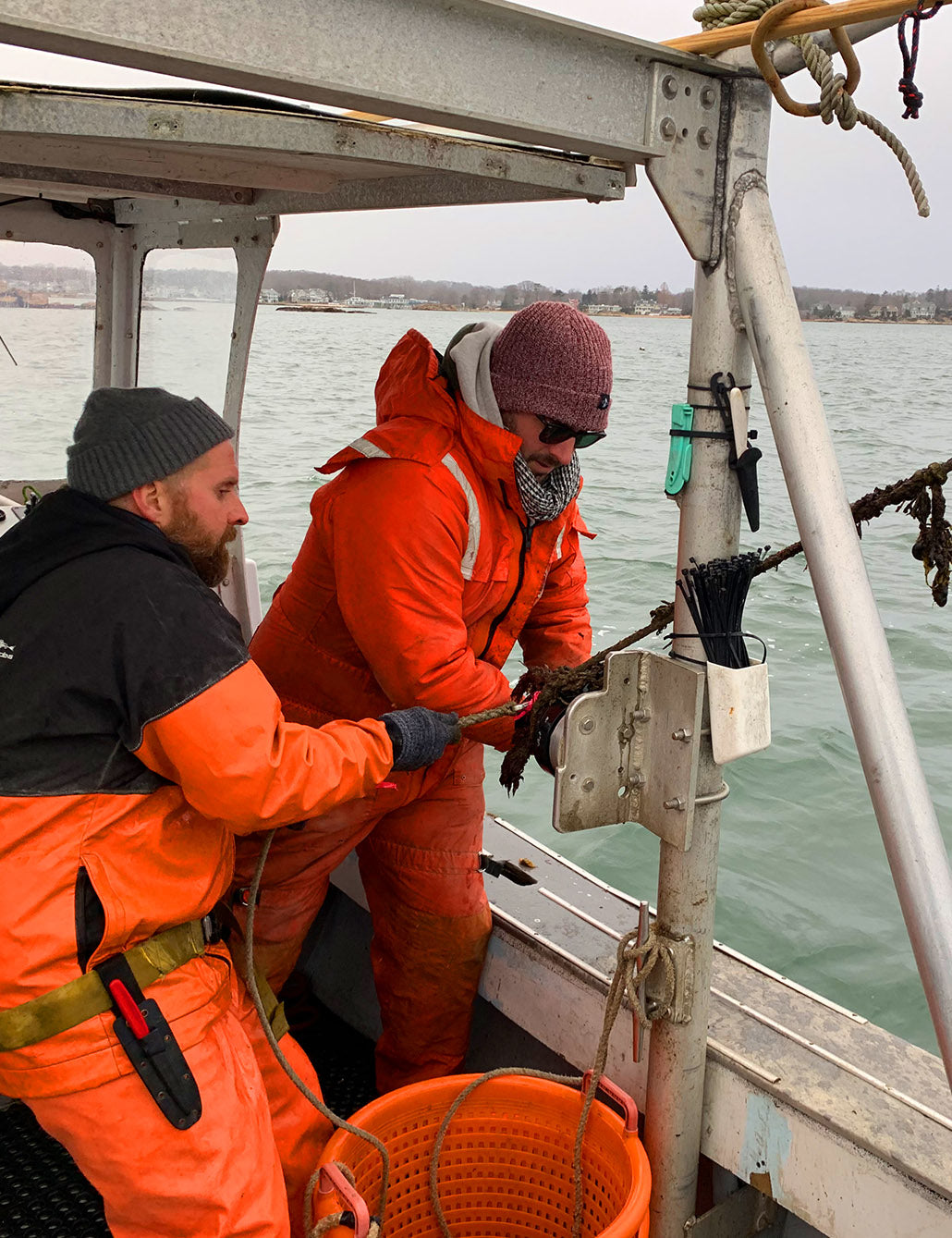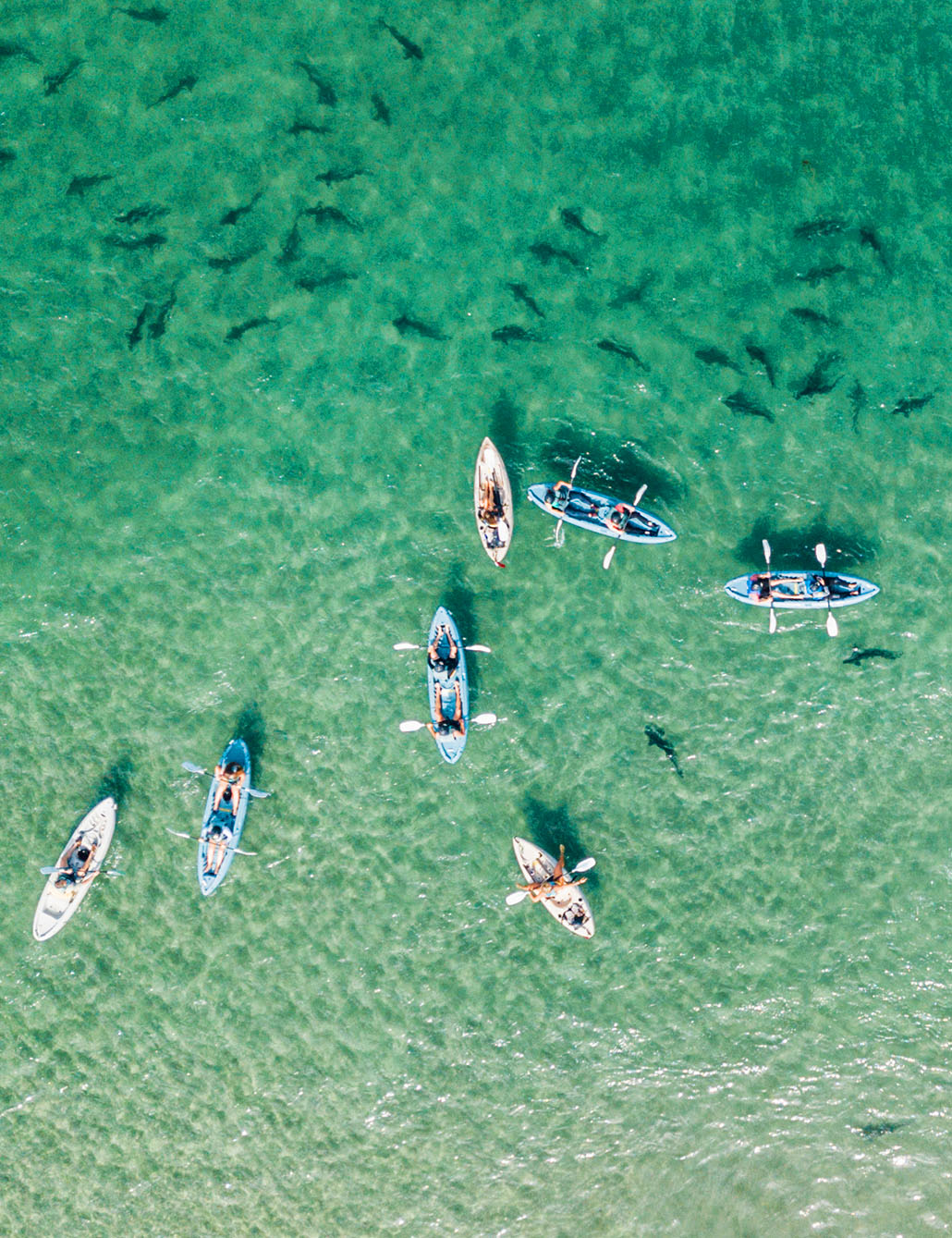By Mike Samer I Co-Founder
There’s oxygen that’s been produced by the ocean in every breath we take.
Most of that oxygen comes from microscopic algae called phytoplankton, which captures sunlight and consumes CO2 to produce oxygen just like land plants. Phytoplankton produce 50% of all the oxygen we breathe. In comparison, the entire Amazon Rainforest produces 20% of the oxygen we breathe.
As phytoplankton blooms, (which can be seen from space) it gets consumed and breaks down into even tinier particles. Wind and breaking waves carry these particles into the atmosphere, where they form clouds. Denser clouds are more efficient at cooling the Earth’s surface by reflecting incoming sunlight, and supply life by giving fresh water to the surface of our planet.


Phytoplankton are the foundation of the entire aquatic food web and grow best in cooler, nutrient-rich waters. La Jolla California’s Submarine Canyon, which is like a small underwater Grand Canyon, brings an upwelling of cold and nutrient-rich water that encourages phytoplankton to grow.
Upwelling ecosystems like La Jolla's account for just 1% of ocean surfaces, yet 50% of the world’s fisheries. The small fish that sea birds, sea lions, and dolphins eat feed on phytoplankton. Dolphins need to eat 15 - 30 lbs of food each day, and with all that food our beloved dolphins are able to fertilize our oceans with “marine manure”.

This nutrient-rich manure facilitates the growth of more phytoplankton, which goes on to create 50% of the oxygen we breathe. So every time you take a breath, remember a dolphin's marine manure, and a healthy ocean, helped make that possible. No matter where you live we are all connected to the health of our oceans.


